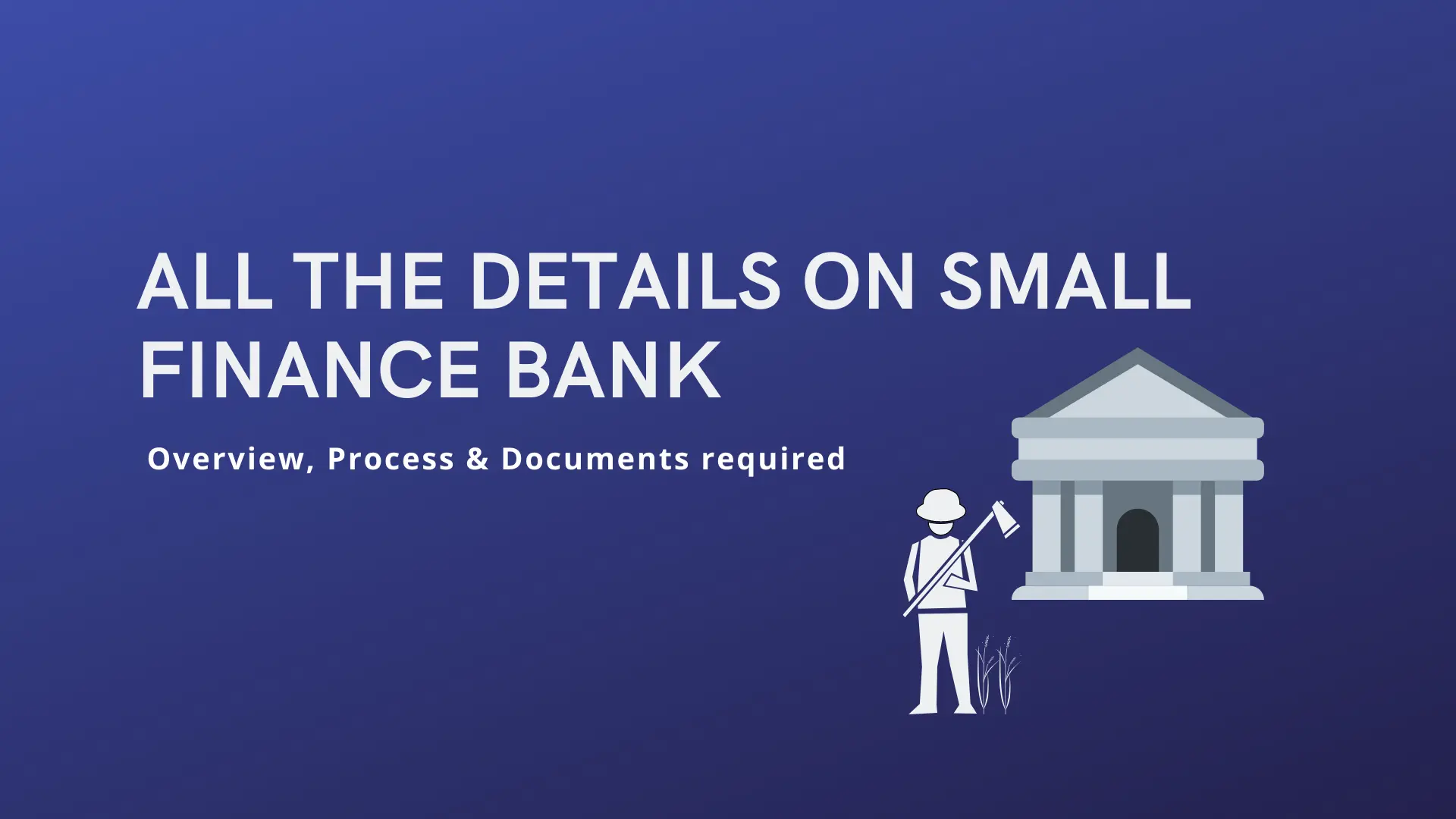

Risky borrowers may not mean risky returns for Financial Inclusion loans
Risky borrowers may not mean risky returns for Financial Inclusion loans
Lenders have often categorized borrowers as ‘risky,’ if a customer’s historic earnings have been volatile or if the lenders lack a deeper understanding of a customer ecosystem. Even with experienced lenders, these factors can color our perception of risk and introduce an inadvertent bias.
I believe that these factors are only part of the picture on risk and the new fintech methodologies are, in most of the cases, helping us rise above this bias. What was considered to be ‘risky’ borrower is not necessarily delivering a ‘risky’ return.
Classically, financial lenders have followed a safe path of lending to segments that have been well-understood in the past. But every once in a while, innovators have taken the path less travelled and this has demonstrated that the borrowers once written off as ‘risky’, were able to deliver stable and non-risky returns for sustained periods of time.
Furthermore, the case of lending by Micro Finance Institutions (MFIs) is an interesting insight. Lending by MFIs to a customer segment at the bottom of the pyramid, has consistently delivered credit losses below 1 percent, whereas the banks’ lending to the perceived ‘low risk’ customer segments often settled for 3-4 percent credit losses.
The more recent strides in lending to MSME businesses is similarly showing signs that this segment once perceived as ‘risky’ could reveal a surprising robustness. Even the recent business shock of demonetization in India has been borne with better fortitude by the micro businesses as compared to the small and medium scale businesses.
Hence, while theoretically risky borrowers should mean risky business, there are factors that can mitigate the risks and help deliver good stable returns that may appear counterintuitive to the traditional bank lenders. Fintech is a great enabler in transforming the lending landscape. By using dispassionate machine-intelligence, it is often fearlessly overturning the traditional biases in our human-intelligence.
In essence, fintechs are transforming consumer lending on two important dimensions:
a. How consumer risk is assessed, and
b. How consumer loans are delivered.
On one side, Fintech are adding additional intelligence, such as behavioral analysis, AI powered algorithms, big data analytics and more, to be able to assess the risk in a particular loan. They are thus including a set of borrowers that were till recently being denied loans due to limitations of human judgment or sometimes human bias . Increasingly the fintech models applied to lending in Africa, South America and Asia are bringing the unbanked or underserved customer segments into the fold of financial inclusion
On the other side, they are using digital technology to allow transparent and ubiquitous access to customers through their mobiles or directly through the cloud.
The Changing Times
With banking margins under pressure worldwide, the risk functions have little option but to learn to harness this change if they are to substantially reduce operating costs. In the coming years a lot of early adopters among banks will start refining the current descriptors of ‘risky’ borrowers.
Fintech operates differently from the classical loan appraisal methods and we will also need a different ecosystem to use it effectively. This will avoid pitfalls that can arise if we extend any model beyond its design boundaries. To name just three areas:
• Real Time : FinTech customers require real-time responses to their requests (for loan, etc.) which means risk management must be able to assess risk automatically (with less human intervention) but it also means that the model should also have robust algorithms to detect fraud or the obvious cyber security risks
• Stretching the bounds of Regulations: The Regulatory boundaries need to be reshaped to get the best out of the Fintech revolution and it is always debatable, how radically should the regulatory environment change. Companies harmonizing well with the regulations will create large wins in the emerging landscape.
People’s skills - while risk-operational processes, such as credit administration today account for some 40 percent of the function’s staff, and analytics just 10 percent, by 2025 those figures might as well be completely reversed.
Teams that are able to analyze the interplay of regulation and technology will emerge as the true champions in the new-age area of financial democracy and technical revolution.





![Microsoft Excel: [SOLVED] Excel File Slow To Respond Issue](https://images.yourstory.com/assets/images/placeholder.png)


